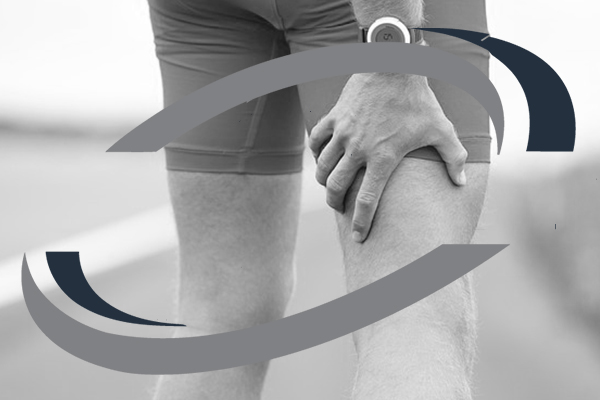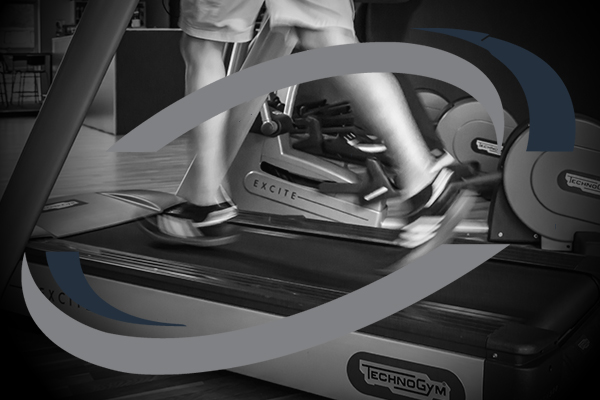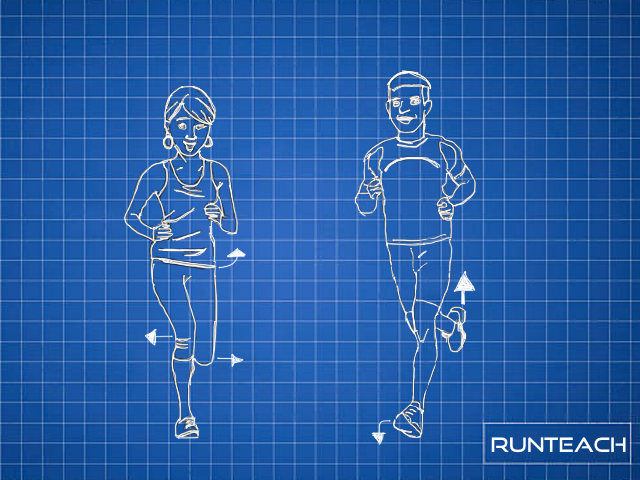As we approach the middle of January, you might be reviewing how far you’ve run this year. Perhaps you signed up to one of the many Run Every Day (RED) challenges that are out there. Maybe you’ve joined a global distance challenge or decided to get involved in the distance challenge on your favourite running website.
We all know that January is about setting resolutions, committing to being more active and healthy, so why not join a distance challenge? Isn’t it a great way to get motivated and move your backside in what is often a dark and depressingly long month?
I know this divides the running community, and I can see both sides – on the one hand I can see that some people just won’t get out the door unless they have a big challenge. And I have friends who are exactly like this, and it is their way of getting back into running and being healthy.
There is also the charity side, such as the Run Every Day in January challenge that is raising awareness for the charity Mind (and I must say, they are very clear about the risk of overtraining and the need listen to your body and walk if necessary).

On the other hand, I can’t help but feel that this is largely a “miles for miles sake” exercise that will do very little, if anything, to improve your running. Is promoting a running website/blog through challenges like this really promoting the best for the runner? A big issue is they can put pressure on runners to keep going no matter what.
“Join the challenge and you will automatically be assigned to a team. Then all you have to do is run! The more you run, the more chances your team have of winning. So what are you waiting for…. ”
Or… run yourself into the ground, lose your mojo, and really, really irritate that nagging IT band injury…
Let’s face it, if you are running every day or trying to put in loads more miles than usual, something has to give. Usually, that means:
-
- The quality of your running suffers, and your performance goes backwards
-
- You neglect the important aspects such as recovery
- You expose yourself to overtraining and therefore
-
- are at a far higher risk of injury
- can end up with burn-out and demotivation – the “why have I lost my mojo?” syndrome
-

I have just had an email through from a popular running site updating me on the status of their running challenge. It is organised into teams and the headline of the email was all about which team was in the lead and how many miles everyone had collectively run this year so far. My first thought was “how many of those runners are going to be out of running by the end of the month?”. Perhaps that is a little unfair, but we see it over and over.
With the exception of some warnings and cautionary notes (which are super-important – but do people read them?), at what point have any of these organised challenges or running sites given the very runners they are encouraging to run every day or massively increase their mileage, any skills to do that with? Did they provide a month’s worth of deliberate movement skills practice to ensure their body was ready to take on such a challenge? Some do provide the cautionary warnings and some will provide exercises you can do whilst you are running the challenge, but many won’t. And just as importantly, do way take heed of those warnings, or do we get so wrapped up in the challenge that we ignore the fact that we are doing ourselves harm?
Of course, we have the famous runners such as Ron Hill who have had incredible streaks of running every day for many years and regularly promotes the run every day practice on his website. Ron ran every day from 20th December 1964 to 30th January 2017. However, he was an elite athlete and had already developed the skill of running to the point that allowed him to compete at the highest level, providing him with the required platform for running every day. And even then, Hill defined a “run” as at least 1 mile, so he wasn’t going out stacking up the miles for a virtual challenge.
The truth is, every time you take a stride when running, you are putting between 2.5 to 3 times your own bodyweight down through a single leg. Imagine loading a barbell with 1.5 times your bodyweight, putting it across your shoulders and standing on one leg… If that wasn’t enough force, you body is also being subjected to about 10% to 15% of lateral forces (across your body, and rotational), and up to 50% from the force of acceleration and deceleration with every stride.
Just think about that for a second or two. Now make up your own mind as to whether you think that your body needs to be prepared in order to do that every day for 31 days, or to cope with that repeatedly, over perhaps more than double the mileage you would normally do in a month? Can you see how we may expose ourselves to the points mentioned above?
Does this mean that I think distance challenges or Run Every Day challenges shouldn’t be done? No. In fact I can definitely see that for some people they do provide motivation and can also be an important social aspect of running. Indeed, I am part of a global distance challenge myself that spans December last year and January this year. Plenty of people do these types of challenges without any issues, but plenty more end up injured or lack lustre because it is all just too much.
What I am passionate about, is that we prepare ourselves for taking on such challenges and don’t just run the miles for the sake of it. Ignoring this often leads to injury and demotivation, and in turn leads to the following month (or months) being a running disaster.

I think it’s fine to use these challenges to get a few more miles in, or to get you out the door in the first place, or raise money and awareness for charities. But please, please ensure that you think about what you are doing. If you feel you are sacrificing the quality of your running, if you feel some niggles, or you start to feel more tired than usual (which can often lead to injury), take a step back and enjoy a recovery day or two. I would also urge you to learn the fundamental movement skills that we all need for running, but 98% of us are never taught. Build a strong and stable platform through movement, and then add endurance and strength. Then go and enjoy your distance challenges.
Some of the stats above come from Jay Dicharry’s new book, Running Rewired.









